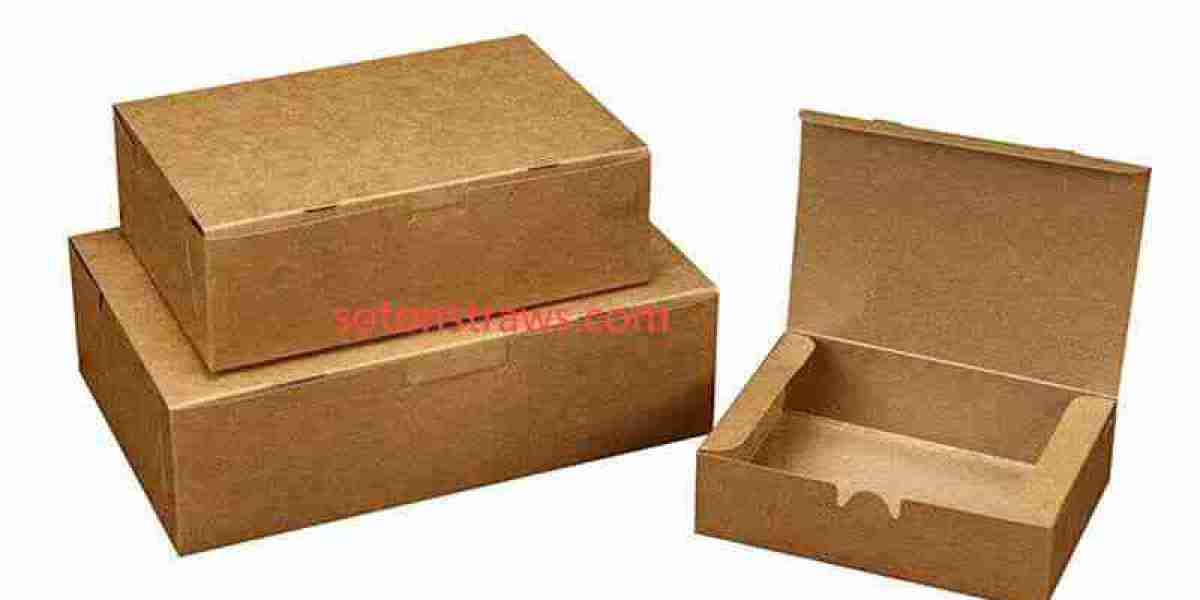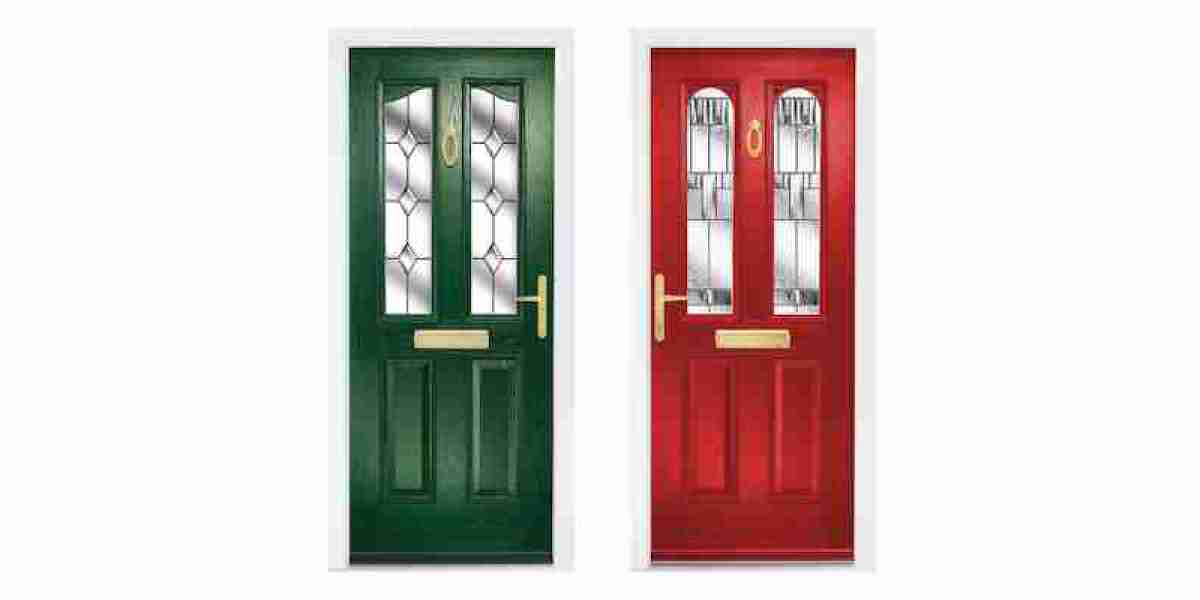
Restoring Smooth Operation: A Comprehensive Guide to Repairing Your Bifold Door Top Pivot
Bifold doors, likewise known as folding doors, are a popular choice for optimizing area and creating a seamless transition between spaces or between indoor and outdoor living locations. Their special folding system enables for broader openings than conventional hinged doors, making them perfect for closets, kitchens, laundry rooms, and even as patio doors. Nevertheless, the smooth and efficient operation of a bifold door hinges on a number of crucial parts, and one of the most important, yet often ignored, is the leading pivot.

The leading pivot is a small however crucial mechanism that sits at the top corner of a bifold door misalignment door panel, enabling it to rotate smoothly within the track system. Over time, due to wear and tear, incorrect positioning, and even accidental damage, this pivot can stop working. A malfunctioning leading pivot can cause a host of aggravating problems, from sticking doors and loud operation to complete immobility. Thankfully, repairing or changing a bifold door top pivot is often a workable DIY task, saving you the cost of expert repairs and bring back the functionality of your door.
This detailed guide will walk you through the process of understanding, identifying, and fixing a bifold door leading pivot. We will explore the components involved, determine common issues, equip you with the necessary tools and products, and offer a detailed repair procedure. Whether you are an experienced DIY lover or a property owner taking on home repairs for the very first time, this short article will empower you to with confidence resolve a defective bifold door leading pivot and get your door running smoothly once again.
Understanding the Top Pivot System
Before diving into the repair process, it's useful to understand the function of the leading pivot within the broader bifold door system. The top pivot, in conjunction with the bottom pivot (often referred to as a guide or wheel), works to control the motion and stability of each door panel.
Normally, a bifold door system consists of:
- Top Track: A metal track set up horizontally at the top of the door opening. This track houses the leading pivots and guides the door panel's motion.
- Bottom Track or Guide: Some bifold door systems use a bottom track, while others utilize a bottom guide that is either a pin or a wheel, connecting with a groove or channel on the floor or door jamb. This bottom element helps support the door panel and maintains positioning.
- Top Pivots: These are small, generally plastic or metal components that are placed into the top edge of the door panel and ride within the top track. They allow the door panel to pivot and slide smoothly along the track.
- Linking Hinges: Hinges that connect the individual door panels together, permitting them to fold in a concertina style.
- Door Handles and Hardware: Hardware used for operating and protecting the bifold door.
The leading pivot bears a significant load, helping with the smooth moving and folding action of the door. It needs to be robust sufficient to withstand constant usage, yet accurate enough to permit simple and easy motion. Understanding its function helps in appreciating why its appropriate function is so important to the overall operation of the bifold door adjustment door.
Identifying Common Top Pivot Problems
Acknowledging the symptoms of a stopping working top pivot is the primary step towards a successful repair. Here are some common indications that indicate a problem with your bifold door's top pivot:
- Sticking or Jerky Door Movement: The door becomes difficult to open or close smoothly, thinking twice or capturing as it moves along the track. This is often the most obvious symptom.
- Noisy Operation: You might hear grinding, squeaking, or clicking sounds as the door is operated, suggesting friction or damage within the pivot system or track.
- Door Panel Drooping or Sagging: If the top pivot is worn or broken, the door panel may droop slightly at the top, triggering misalignment and further preventing smooth operation.
- Visible Damage to the Pivot: Upon assessment, you may be able to see cracks, chips, or breaks in the plastic or metal elements of the top pivot itself.
- Door Jumping Out of the Track: In severe cases of pivot failure, the door panel might jump out of the leading track altogether, becoming totally unusable and potentially harming the door or frame.
- Increased Effort to Operate: If you find yourself needing to put in more force than typical to open or close the door, it could be a sign of increased friction due to a failing pivot.
If you observe any of these signs, it is highly likely that your bifold door's leading pivot needs attention. Disregarding these issues can result in further damage to the door, track, or surrounding frame, making the repair more intricate and pricey in the long run.
Tools and Materials You'll Need
Before you begin the repair, gather the essential tools and products to guarantee a smooth and effective procedure. Having actually everything prepared ahead of time will save you time and frustration.
Tools:
- Screwdriver Set: A Phillips head and flathead screwdriver will be necessary for eliminating and setting up screws connected with the pivot and door hardware. Guarantee you have different sizes to fit different screws.
- Pliers: Pliers can be handy for grasping and maneuvering little parts, especially if the old pivot is stuck or difficult to eliminate.
- Hammer (Optional): A light-weight hammer may be required to carefully tap the brand-new pivot into location, if needed by the style.
- Determining Tape: To ensure precise positioning and positioning when installing the brand-new pivot.
- Pencil or Marker: For marking positions and guaranteeing proper alignment.
- Safety Glasses: Protecting your eyes is important when working with tools and hardware.
- Gloves (Optional): To safeguard your hands and offer much better grip.
Materials:
- Replacement Top Pivot: This is the most important product. It's important to buy a replacement pivot that works with your particular bifold door system. Take the old pivot with you to the hardware shop for contrast, or take down the door producer and model if possible. Top pivots can be found in different sizes and designs.
- Lube (Silicone Spray or Dry Graphite): Lubricating the track and new pivot will guarantee smooth, peaceful operation and prolong the life of the pivot.
- Wood Filler or Wood Glue (Optional): If the screw holes holding the pivot in location are stripped or harmed, wood filler or glue might be needed to strengthen them.
- New Screws (Optional): If the existing screws are harmed or removed, have a set of replacement screws of the right size and type on hand.
Step-by-Step Guide to Repairing the Top Pivot
With your tools and materials prepared, you can now proceed with the repair. Follow these step-by-step directions carefully:
Step 1: Safety and Preparation
- Place on your security glasses.
- Guarantee the workspace is clear and well-lit.
- Collect all your tools and materials and position them within simple reach.
Action 2: Inspect and Access the Top Pivot
- Carefully examine the leading pivot of the bothersome door panel to aesthetically evaluate the damage. Search for fractures, breaks, or indications of wear.
- Identify how the pivot is connected to the door. Many are normally kept in place by screws.
- You may require to a little open or close the bifold door adjustment door to get better access to the top pivot.
Action 3: Remove the Old Top Pivot
- Utilizing the proper screwdriver (normally Phillips head), thoroughly remove the screws protecting the leading pivot to the door panel.
- If the screws are removed or tough to remove, you might need to use pliers to grip the screw head and carefully turn it. Avoid harming the surrounding door product.
- As soon as the screws are removed, gently take out the old top pivot. If it's stuck, use pliers to carefully wiggle and pull it free.
Step 4: Prepare for the New Pivot (If Necessary)
- Inspect Screw Holes: Examine the screw holes in the door where the pivot was attached. If they are stripped or bigger, you may require to strengthen them.
- For Minor Stripping: Apply a percentage of wood glue into the screw hole and let it partially dry for a few minutes. This will provide the screws a much better grip.
- For Severely Stripped Holes: Use wood filler to fill the stripped holes completely. Enable the filler to dry and harden according to the item guidelines. As soon as dry, pre-drill pilot holes a little smaller than the brand-new screws to make sure a safe and secure accessory.
Step 5: Install the New Top Pivot
- Position the brand-new leading pivot in the same orientation as the old one was gotten rid of.
- Line up the screw holes of the brand-new pivot with the holes in the door panel.
- Place the screws and tighten them safely with the screwdriver. Avoid overtightening, which could strip the screw holes or damage the pivot. Guarantee the pivot is strongly connected however not exceedingly tight.
Step 6: Lubricate the Track and Pivot
- Apply a little amount of silicone spray or dry graphite lube to the leading track of the bifold door, focusing on the location where the top pivot will run.
- Likewise, lightly lubricate the moving parts of the new leading pivot itself. This will promote smooth operation and lower friction.
Action 7: Test and Adjust
- Thoroughly operate the bifold door, opening and closing it several times.
- Look for smooth, quiet movement. If the door still sticks or binds, re-inspect the pivot for correct setup and alignment.
- Ensure the door panels fold and unfold properly which the door is not rubbing against the frame or track.
- If required, small changes to the pivot position or track positioning might be required. Consult your bifold door Installers door maker's directions for specific change treatments if provided.
Step 8: Clean Up
- As soon as you are pleased with the door's operation, clean up your workspace and put away your tools.
Repairing Common Issues
While repairing a leading pivot is often straightforward, you may encounter some difficulties. Here are a few troubleshooting pointers:
- Pivot Doesn't Fit: If the new pivot does not suit the track or door, double-check that you have the appropriate replacement type. Compare it closely to the old pivot and the door requirements.
- Screws Won't Tighten: Stripped screw holes are a common concern. Refer back to Step 4 and utilize wood filler or glue to enhance the holes before attempting to tighten up the screws again.
- Door Still Sticks After Pivot Replacement: If the door still does not run smoothly after replacing the pivot, the problem might lie in other places. Check the bottom pivot/guide, the track for particles or damage, or the door panel hinges for stiffness.
- Door Panel Misalignment: If the door panels are not lined up properly after repair, make sure the top pivot is properly seated in the track and that the door panel is properly placed within the frame. Look for any warping or damage to the door panel itself.
Maintaining Your Bifold Door Pivots
Preventative maintenance can significantly extend the lifespan of your bifold door pivots and lessen the requirement for frequent repairs. Here are some useful maintenance tips:
- Regular Lubrication: Lubricate the top track and rotates with silicone spray or dry graphite every few months to minimize friction and wear.
- Keep Tracks Clean: Periodically clean the top and bottom tracks to eliminate dust, dirt, and debris that can hinder smooth operation. Use a vacuum cleaner or a brush to clean the tracks.
- Inspect Regularly: Inspect the leading and bottom pivots frequently for signs of wear, damage, or looseness. Deal with any small problems without delay before they escalate.
- Prevent Slamming: Avoid slamming the bifold doors, as this can put unnecessary tension on the pivots and hardware, resulting in premature failure.
- Examine Alignment: Periodically inspect the positioning of the door panels to ensure they are folding and unfolding correctly which there is no undue stress on the pivots.
When to Call a Professional
While DIY repair is often possible, there are situations where looking for professional help is suggested. Think about calling a door repair professional if:
- You are uncomfortable with DIY repairs.
- The damage to the door or frame is comprehensive beyond simply the pivot.
- You are not able to determine the proper replacement pivot.
- You come across persistent problems after trying the repair.
- The bifold door belongs to an intricate system, such as a multi-panel patio door, and requires specialized understanding.
An expert door professional has the experience and know-how to precisely detect complicated fix bifold door hardware door problems and carry out repairs efficiently and successfully.
Repairing a bifold door leading pivot is a rewarding DIY task that can bring back the smooth and simple and easy operation of your door. By understanding the parts, identifying the issue, and following the detailed guide detailed in this article, you can with confidence tackle this repair and save yourself time and money. Regular upkeep and prompt attention to minor concerns will make sure the durability and reliable performance of your bifold doors for several years to come, contributing to the convenience and performance of your home.
Frequently Asked Questions (FAQs) about Bifold Door Top Pivot Repair
Q1: How do I understand what type of leading pivot to buy as a replacement?
A: The finest method is to get rid of the old pivot and take it with you to a hardware store. Compare it visually to the readily available alternatives, paying attention to the size, shape, and attachment method. Alternatively, if you understand the maker and model of your bifold door, you may be able to find specific replacement parts online or through the manufacturer.
Q2: Can I repair a broken leading pivot, or do I always need to replace it?
A: In many cases, it's more practical and dependable to replace a damaged or worn leading pivot instead of attempting to repair it. Pivots are relatively affordable, and replacement guarantees appropriate function and durability. Attempting to repair a broken pivot might lead to additional concerns and is generally not recommended.
Q3: My screws are stripped and won't hold the brand-new pivot. What can I do?
A: Stripped screw holes are common. Attempt using a little longer or thicker screws. If that doesn't work, apply wood glue into the screw hole and let it partially dry before re-screwing. For seriously stripped holes, use wood filler to fill them totally, let it dry, and then pre-drill pilot holes for the new screws.
Q4: Do I require to get rid of the entire bifold door to replace the leading pivot?
A: Often, you can replace bifold closet doors the leading pivot without totally eliminating the door panel. However, depending upon the style and ease of access, it might be much easier to partly separate the door panel to gain much better access. In some cases, especially with heavier doors or intricate systems, eliminating the door panel may be more secure and easier.
Q5: After changing the top pivot, my door is still difficult to open. What else could be wrong?
A: If the issue persists after pivot replacement, check other prospective problems:
- Bottom pivot/guide: Inspect for damage or particles.
- Track: Clean and lube the leading and bottom tracks. Check for damage or obstructions.
- Hinges: Ensure the door panel hinges are not stiff or binding. Oil them if essential.
- Door Alignment: Check if the door panels are correctly aligned within the frame.
Q6: How frequently should I lubricate my bifold door pivots?
A: Regular lubrication every 3-6 months is suggested for optimum efficiency. More regular lubrication might be required in dusty or high-use environments. Use silicone spray or dry graphite lube to keep the pivots and track moving efficiently.







